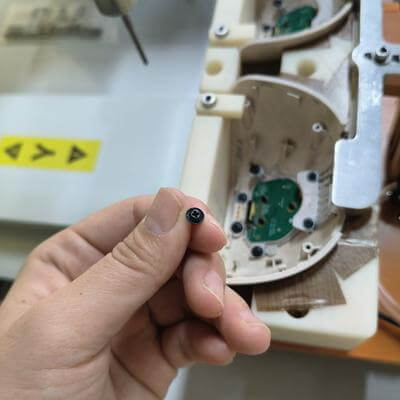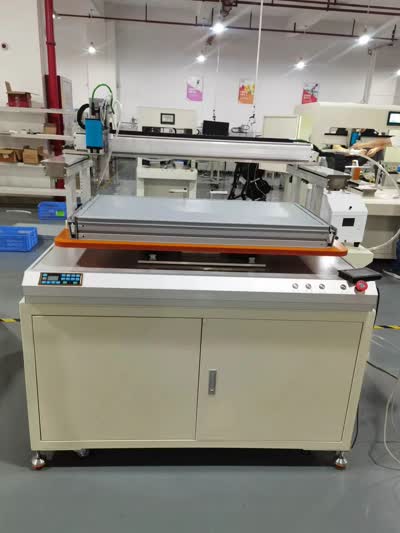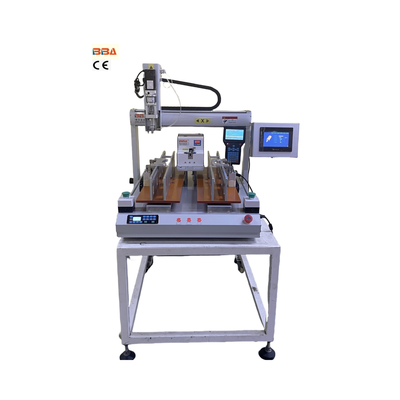How Automatic Screw Assembly Machines Work | Industrial Automation
How Does an Automatic Screw Assembly Machine Work?
In modern manufacturing, efficiency and precision are critical. One of the key innovations driving productivity in assembly lines is the automatic screw assembly machine. These systems are designed to streamline the process of fastening screws with minimal human intervention, ensuring consistency and reducing errors. But how exactly do these machines operate?
At the core of an automatic screw assembly machine is a systematic process that begins with screw feeding. Screws are loaded in bulk into a vibratory bowl or feeder. This component uses controlled vibrations to orient the screws correctly, aligning them so that each screw is positioned uniformly before being delivered to the next stage. Some advanced systems also incorporate vision systems or sensors to verify the orientation and quality of each screw, rejecting any defective ones.
Once the screws are properly aligned, they are transported through a tube or rail system to the driving module. Here, a pneumatic or electric screwdriver head, often referred to as a spindle, picks up the screw. The spindle uses suction or mechanical gripping to securely hold the screw before moving to the assembly point. The machine is programmed with precise coordinates, allowing it to position the screw accurately over the target hole or insertion point.
The actual driving process is where the machine showcases its precision. The spindle rotates, driving the screw into the workpiece with controlled torque and depth. This ensures that each screw is fastened consistently, avoiding issues such as over-tightening or stripping. Torque sensors and feedback mechanisms monitor the process in real-time, making adjustments if necessary to maintain quality. If an error is detected—such as a misaligned screw or incorrect torque—the machine can pause and alert operators, minimizing waste and downtime.
Another critical aspect is integration. Automatic screw assembly machines are often part of a larger automated system. They can be mounted on robotic arms or gantry systems to handle multiple workstations or complex assembly patterns. Programmable logic controllers (PLCs) or computer-based systems manage the entire operation, synchronizing the screw assembly with other processes like part placement, inspection, or packaging.
These machines are highly versatile and can be customized for various screw sizes, materials, and assembly requirements. Whether used in electronics, automotive, or consumer goods manufacturing, they offer significant advantages, including higher throughput, improved product quality, and reduced labor costs. By automating repetitive and precise tasks, companies can achieve greater scalability and reliability in their production lines.
In summary, automatic screw assembly machines work through a coordinated sequence of feeding, aligning, driving, and quality control. They leverage advanced mechanics, sensors, and software to deliver fast, accurate, and reliable screw fastening solutions. As technology continues to evolve, these systems are becoming even smarter, with features like IoT connectivity and predictive maintenance, further enhancing their role in modern industrial automation.

| Product Name | Applicable industries |
| Automatic Screw Feeder | Security Equipment Manufacturing |


